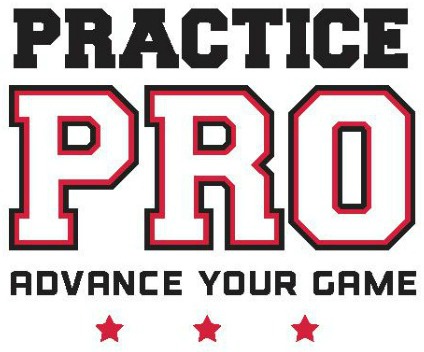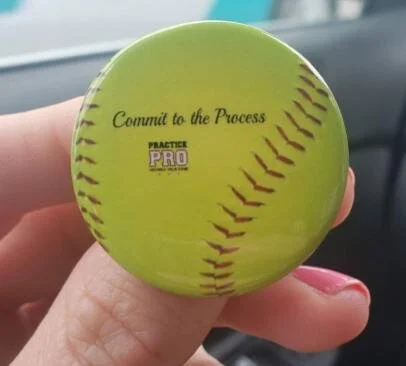10,000 Hours to Mastering Your Game
/For starters, one of the concepts she discussed is at the crux of who I am and what I believe about becoming elite. In fact, the name of our pitching school, Practice Pro, was derived because of my steep belief in this tenet that she discussed: dedicating ample time to independent practice to build and reinforce a skill. This concept was popularized in a book called Outliers which states that “it takes 10,000 hours to master a single skill.” Coach Cassady broke down to us how that applies to your development as a pitcher: nearly 80% of your 10,000 hours will be pitches thrown in independence…
Read More





















